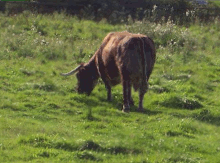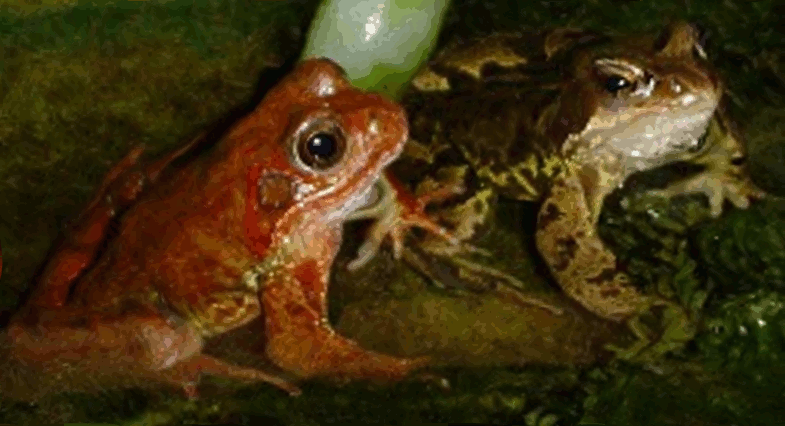Splashing a shower of water over some new plants that I purchased the other day, left me with a pleasant surprise on an old favourite, my rose cutting. This has now formed into a most beautiful floribunda bush.
Red rose floribunda produced from a cutting without any grafting
Rose cuttings
For those brave enough to try to grow their own roses from a rose plant cutting, never be put off by what the text books say which is usually along the following lines: ‘Roses require grafting onto wild root stock.’ Roses are one of the easiest plants to root, however it is wise to take up to ten cuttings of a favourite rose as it is not guaranteed that the rooted rose will produce offspring identical to the parent plant each time. There is a chance that some of the cuttings will become single petal flowering plants. Always find a fairly long stem and use either secateurs or sharp scissors to cut the stem below a new forming shoot (these are the small knobbles that appear along each stem usually half a finger length apart). Gently strip off the bottom leaves so that you have a clean bottomed stem. Dip the stem into a little water then into either hormone rooting powder or if none is available a little sand or fine grit. Make a hole with either a long wooden stick or dibber or fine ended trowel as deep as possible. Push the rose stem in as far as you can a good two to three inches (5 – 7.5 cm) in depth then firm the soil around using your hands or feet so that the cutting is cemented into the soil. This should be watered frequently for the first three months during which time new shoots and roots will form. In early spring, cut off the top leaves and give the young plant some dry fertiliser pellets or add fresh compost around where the roots are forming. My plant above is far more healthier than the parent plant has ever been. It is strong, sturdy and even in growth and produces blooms identical to the ‘mother’ plant. As it is a cutting and is not grafted onto wild root stock, it is free from ‘suckers.’

















































7 comments:
It's gorgeous. I didn't know you could do that with roses. Shows how much of a gardener I am.
Lovely pics- I'm not a big rose fan though.
Great post. I am going to have to try that with my Roses. Although my green thumb is a bit on the brown side. Thanks for the information.
Such pretty roses....they are not an easy flower/bush to grow...so kudos to you on your success. Love the water drops on them....a very nice effect :)
This simple type of cutting is always worth trying out on any plant .... as long as the cutting is watered regularly, the chances are it will survive and grow into a healthy adult plant.
Fuchsias are particularly easy and if you enjoy them scattered around the garden or yard - enjoy them in baskets and tubs then it's worth looking for the hardy varieties that will sleep during the Winter period and re-emerge late Spring/Early Summer year after year. These are now available not only in the common slender flowering varieties but also the double and ballerina flowers which are equally as large and plump as the annual versions.
Dorothy, I have taken rose cuttings since childhood and have found that the more difficult ones to root usually just require the cuttings to be planted a little deeper than normal for them to root and produce a healthy plant.
Fantastic work full of creativity. Congratulations. Continue your path!
So I clicked on this blog and heard birds !!! Lovely.
Post a Comment